Bus rapid transit (BRT) is increasingly used as a means of urban transport in South Africa
Bus Rapid Transit (BRT) has had an explosive growth across the world. It is defined by a number of characteristics, including the use of dedicated lanes for buses; off-vehicle fare collection; increased frequency or reduced waiting time at stops; and level boarding through high-level platforms or median stations.
Three South African cities, Johannesburg, Cape Town, and Port Elizabeth, started BRT services as a result of hosting the 2010 FIFA World Cup. The opening dates of a number of BRT projects are shown below:
- Johannesburg’s Rea Vaya opened 2009
- Cape Town’s MyCiti opened 2011
- Pretoria’s Areyeng buses opened 2014
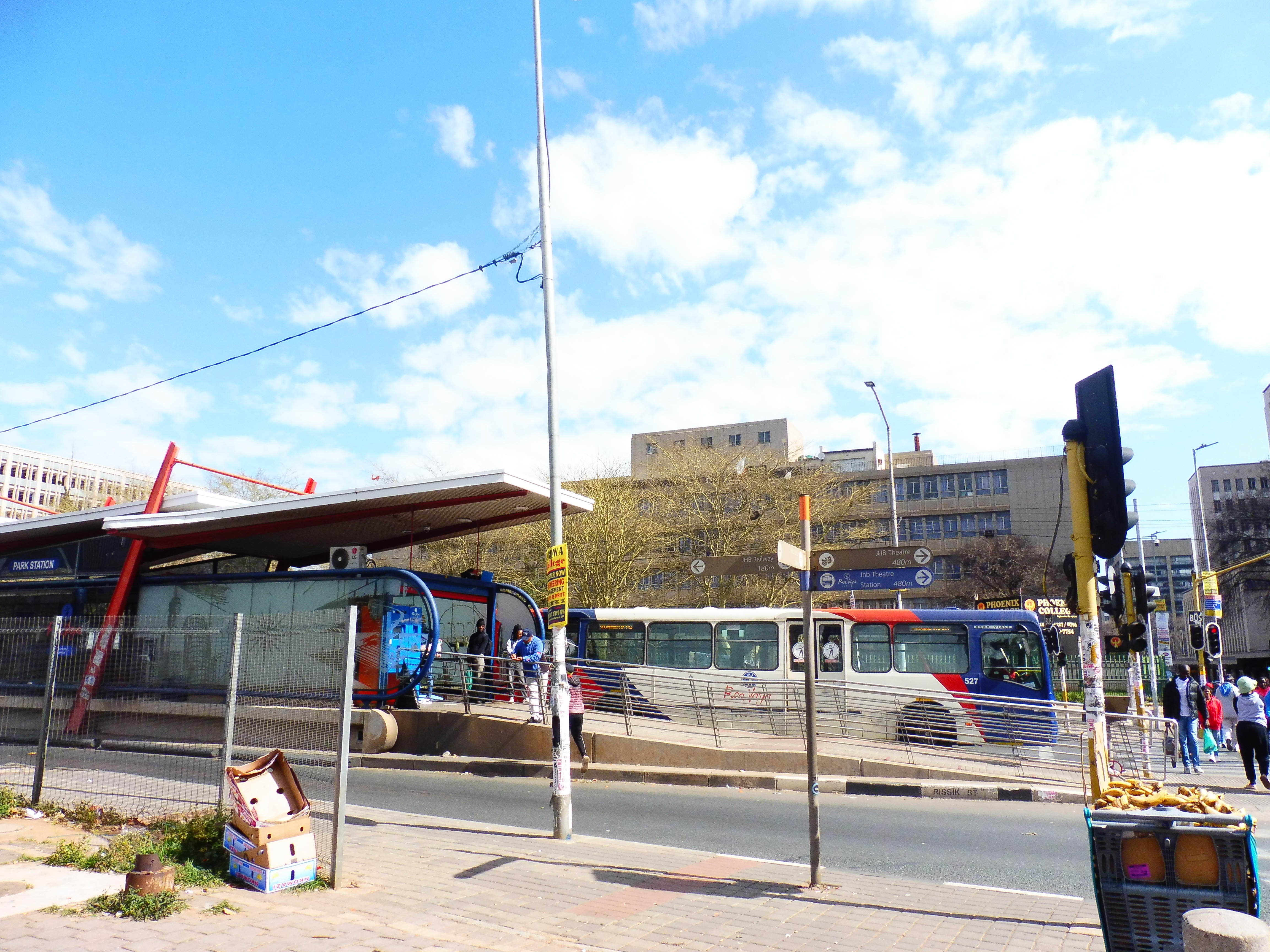
BRT systems in South Africa provide users with access to a public transport system, but this comes at a significant financial cost.
The cost of building, operating and maintaining a BRT system is significant. This is in addition to the costs that have already been incurred to extend or replace existing infrastructure such as rail lines or freeways. The operating costs are similarly high, but vary depending on factors such as demand for bus services, wages paid to staff and maintenance schedules.
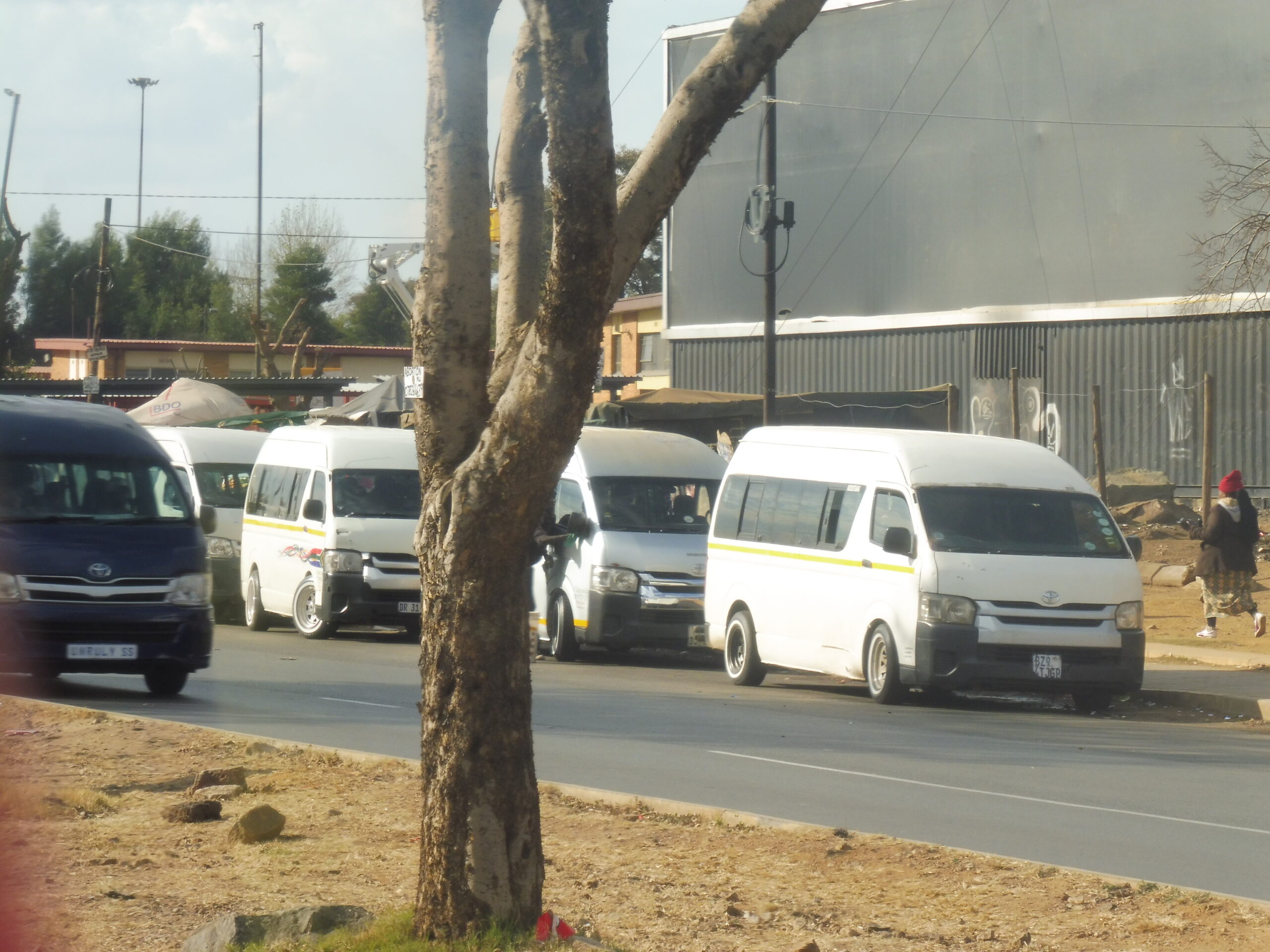
In these cities, the BRT system needs to be adjusted to reach a wider range of users. Here are some ways that these systems could be expanded and adjusted:
- add more buses
- add more stops
- make it more accessible (adding ramps for wheelchairs)
- add routes in other areas of town
- expand the system to other areas of town
- make it more affordable (reduce fares or offer free rides on certain days)
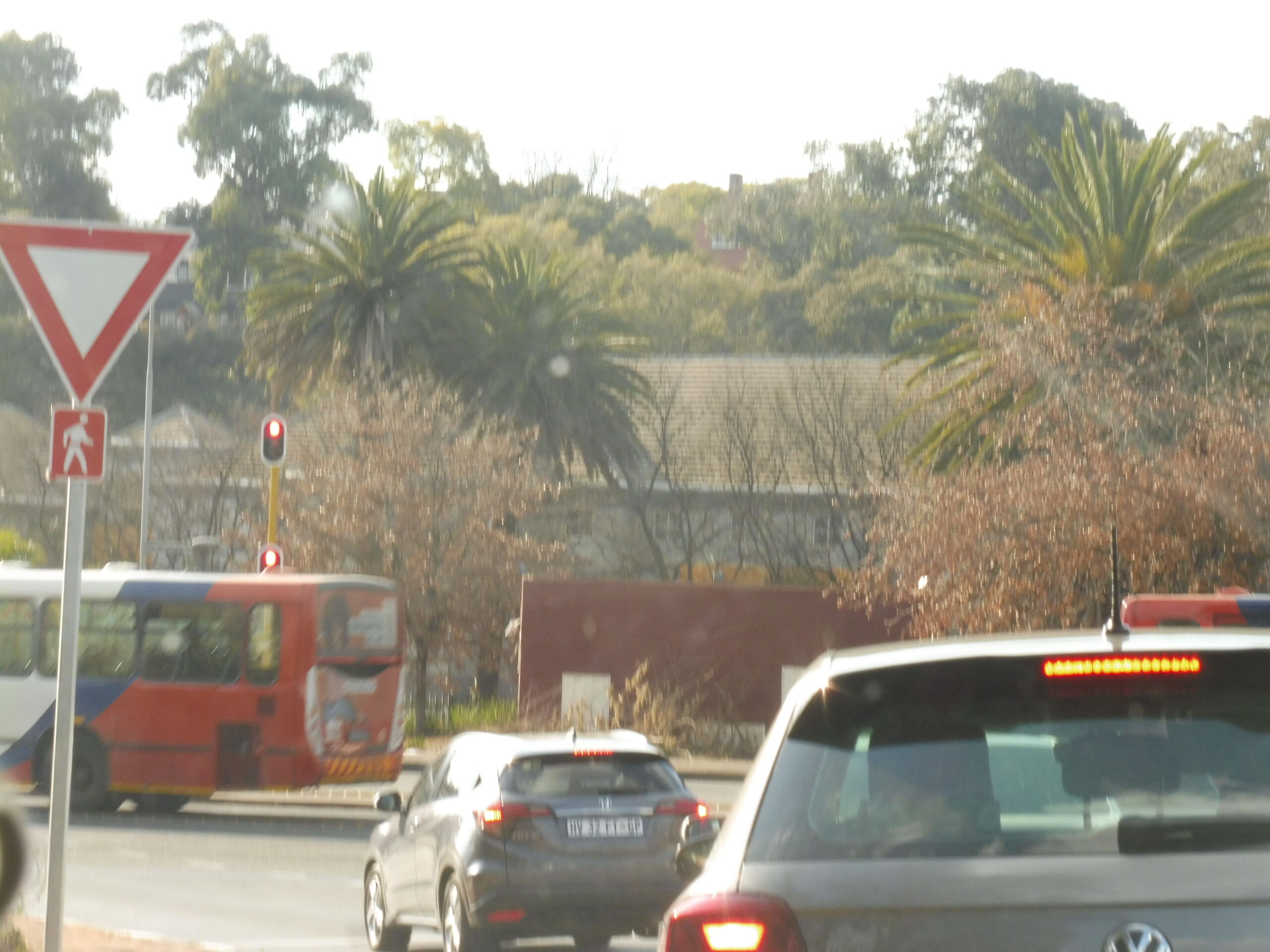
In order for public transport to be accessible and affordable to everyone, there’s a need for a system that is flexible enough to respond to changing travel patterns and can accommodate different types of people – including those who prefer not to use buses or trains but prefer other modes of travel like bicycles or motorcycles instead.
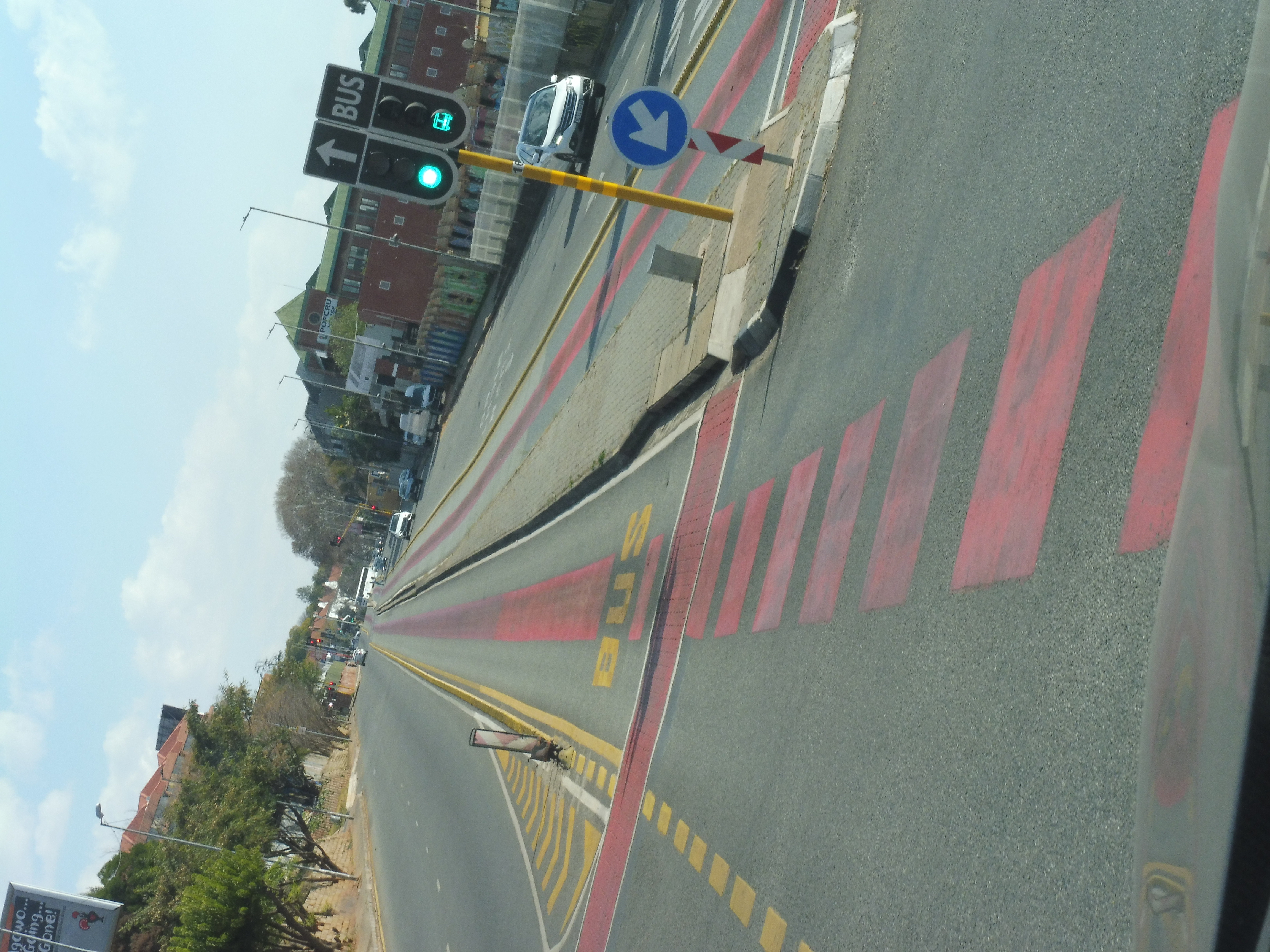
BRT in South Africa needs to be integrated with bot motorized and non-motorized transport to facilitate mobility. There should be integrated public transport planning with informal transportation as well as other modes of transport such as walking and cycling. This can help make a significant impact on household mobility choices, especially for low-income households who tend to live near high-density areas with limited road space per capita compared to higher-income groups living in more suburban settings where road networks are extensive relative to land use patterns.
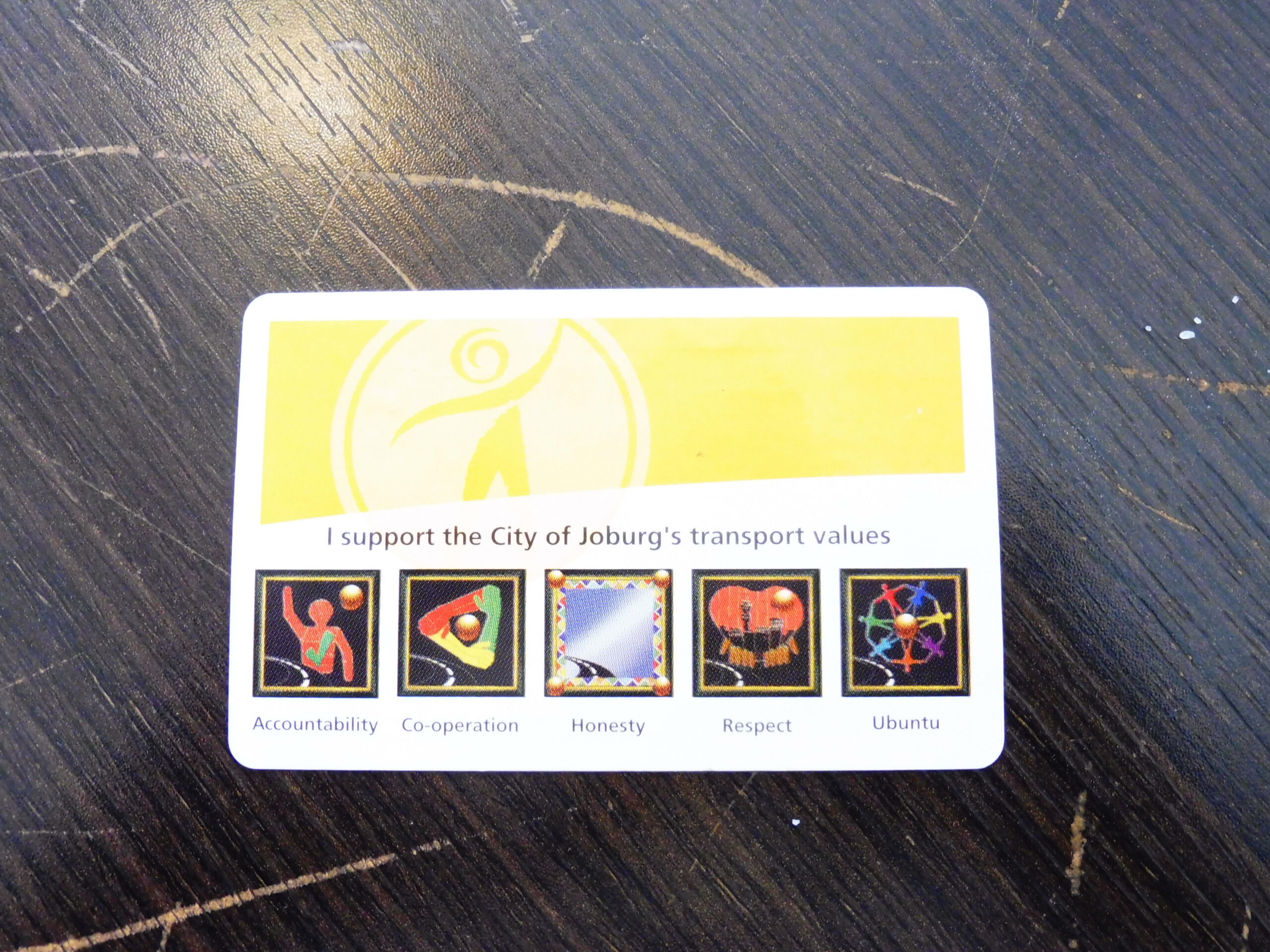
Related Article: The Role of BRT in Post-Pandemic South Africa
Images Sources: Oforiwaa Pee Agyei-Boakye
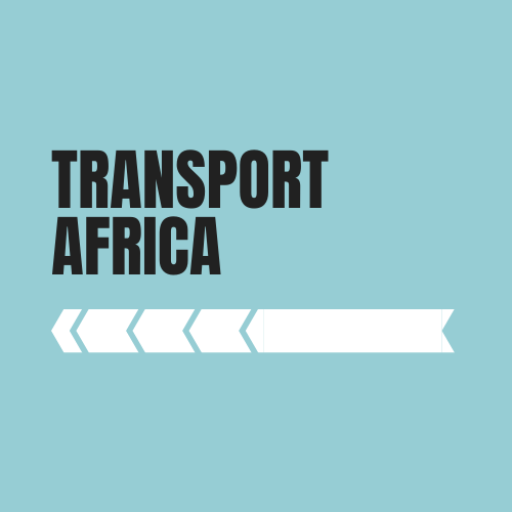
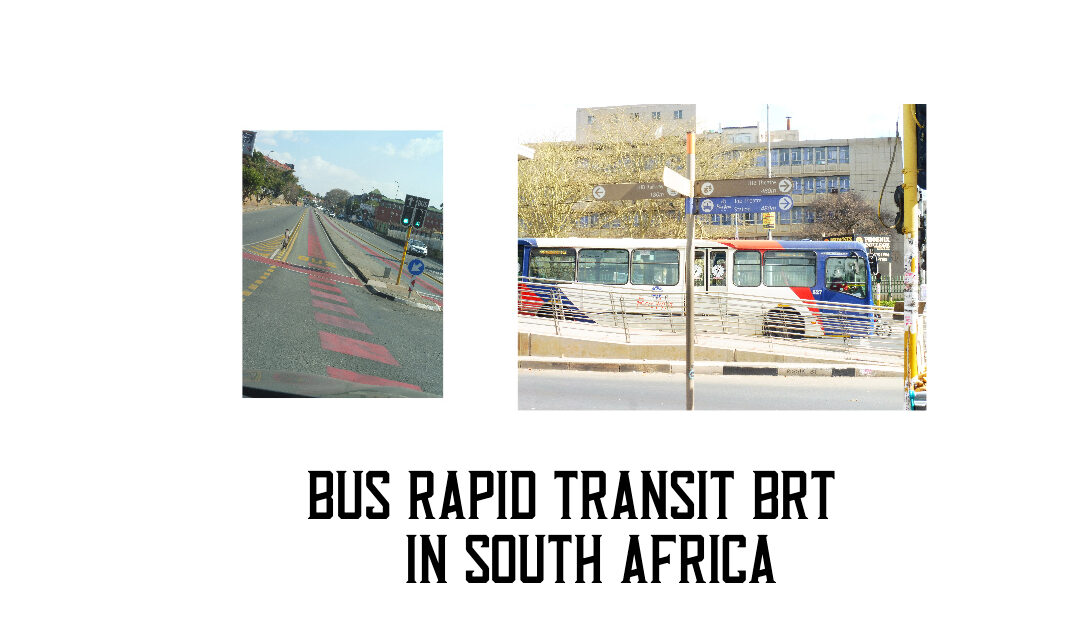
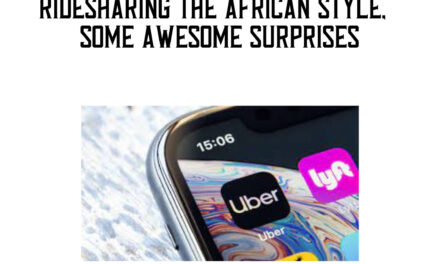
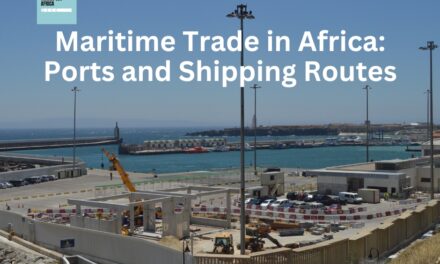
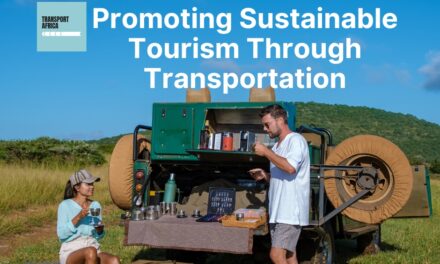

Thanks for another fantastic article. Where else may anyone get that type of information in such a perfect manner of…